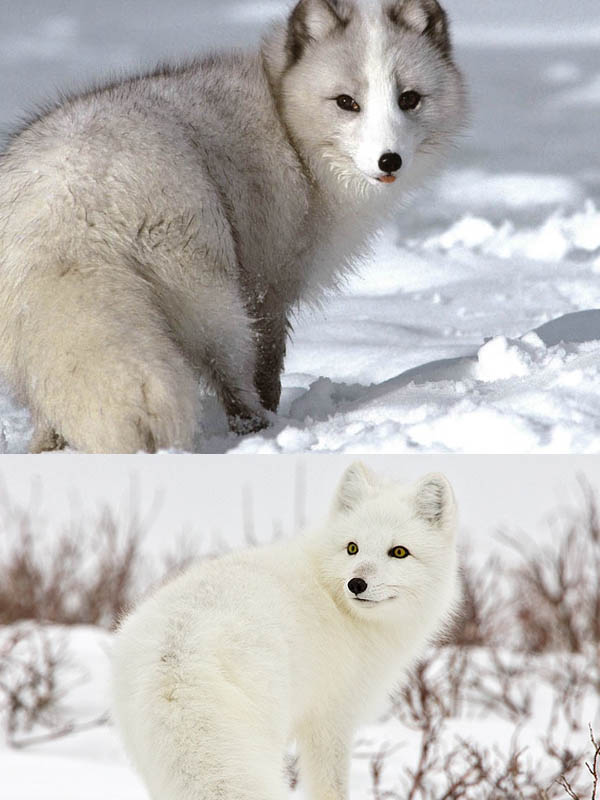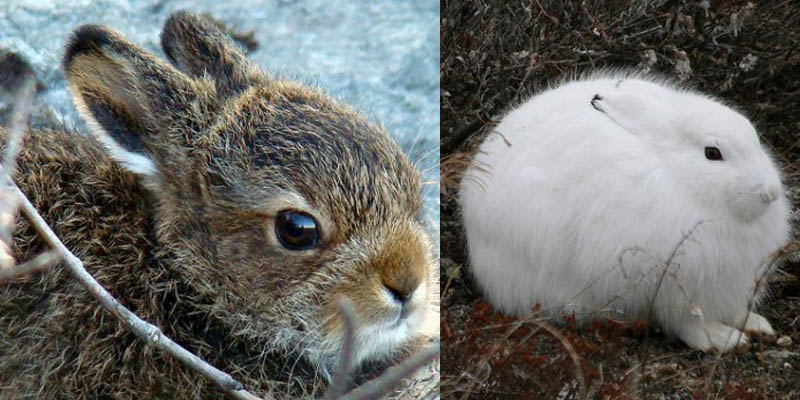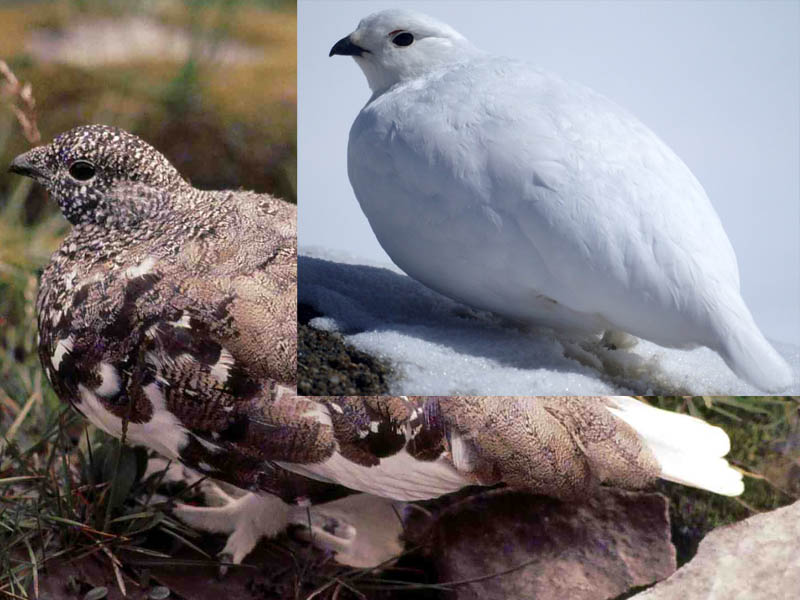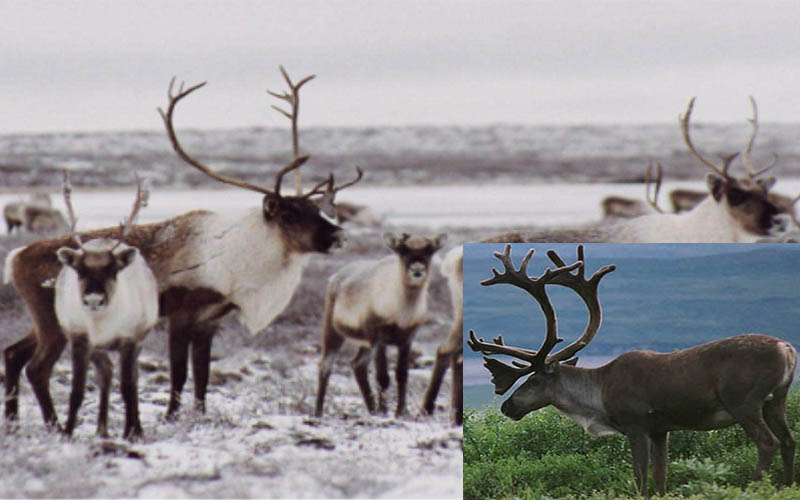It is almost difficult to get an account of how many animals there are in creation. There are many animals whose identity and origin we do not know. The story of 5 such mammals will be highlighted. An animal that changes its body color with the change of season.

Our living world is full of diversity. Some live in water, some live in danga, and some live in both places. Keo is in the scorching heat of the desert, and the Keoba mountains are in the same snow region. Biodiversity of the animal kingdom is adaptation to their environment.
But if you think about it, how does the animal that lives in the uninhabitable snow region of the animal world survive in the heat of summer?
What a wonderful wonder of nature. In the tundra region That is Arctic Zone There are some animals whose body type, color and fur change with the change of season. That is, one way in winter, another way in summer.
5 such animals whose skin color changes with the change of season. Let us know the identity of these 5 animals:
(1) Arctic Fox: By early September, the brown color of the Arctic Fox is covered under large white fur. Again, in summer, the hair becomes naturally brown again.

(2) Arctic Hear: Like the Arctic Fox, the Arctic Hear changes color with the seasons. Gray hairs are brown with black speckled hairs. Again, they wear white color as a symbol of purity in winter.

(3) Ptarmigan: They are found in the mountainous regions of South America. They are known as Game Bird. In summer, their true colors are dark brown and snow-grey. But their tail is always brown in winter and summer. Even in winter it can easily blend in with snow in snow color. They usually live on high mountain tops.

(4) Barnen – Ground Caribou: Caribou are always in groups. In winter, their body color is brown and whitish. In summer the body color is greyish brown and the neck becomes dull white. That is, there is always brown color in winter and summer.

(5) Ermine: Ermine is a kind of berry. The tail is slightly shorter. It is nocturnal animal. In summer, the belly is white and the back is brown. Again it has white fur in winter with light brown spots in between.

What a skillful handiwork of the creator. Nature creates a suitable environment for these animals to move as the weather changes. So that animals can easily survive in adverse environment. Not only that, the temperature of the environment can adapt to the warmth of the body.


